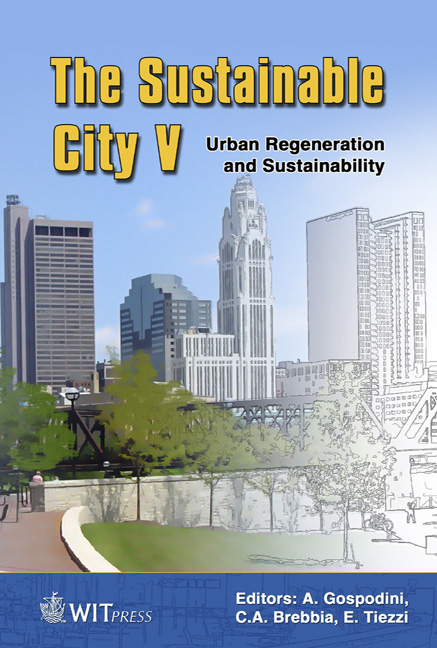Seawater Intrusion Into Coastal Aquifers – A Case Study
Price
Free (open access)
Transaction
Volume
117
Pages
10
Page Range
213 - 222
Published
2008
Size
1,169 kb
Paper DOI
10.2495/SC080211
Copyright
WIT Press
Author(s)
J. Letha & D. B. Krishnan
Abstract
Seawater intrusion into coastal aquifers is a major problem in almost all parts of the world. The increasing demand for fresh water in coastal regions is being met by the coastal aquifers. The development and management of fresh groundwater resources in coastal aquifers are seriously constrained by the presence of seawater intrusion. For proper management of coastal aquifers, it is necessary to assess the extent of saltwater intrusion in the aquifers. In the present study a numerical model based on solute transport, which can simulate seawater intrusion, is studied and is applied to an actual field situation. The extent and pattern of seawater intrusion in the region is simulated under the present situation. Simulations are also carried out to find the effect of pumping rate on the intrusion pattern in the vertical direction. The model is applied to an actual field problem. The model is calibrated in steady state to estimate model parameters such as conductivity and specific yield. Simulation runs are performed for the model to calculate groundwater heads in the region for a period of 180 days. When these heads are compared with the observed heads it yields a correlation coefficient of 0.75. The model is then calibrated in the transient state and when the transient heads are compared with observed heads a correlation coefficient of 0.98 is obtained. The model is then applied to simulate seawater intrusion in the horizontal direction. It is seen that the advancement of the seawater intrusion front is at maximum for a depth of 28–40m from the ground surface. The simulation is also carried out to see the effect of the pumping rate on the advancement of the seawater intrusion front in the vertical direction in the region along the three pumping wells namely Karichal, Pollinkudi and Adimalathura. The rate of advancement in the intrusion front in the Pollinkodi pump well is found to be greater than the other pumping wells. Keywords: seawater intrusion, coastal aquifers, seawater intrusion front, extent and pattern of seawater intrusion, variation with pumping rate.
Keywords
seawater intrusion, coastal aquifers, seawater intrusion front, extent and pattern of seawater intrusion, variation with pumping rate.





